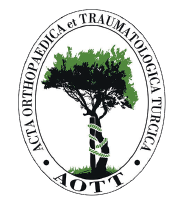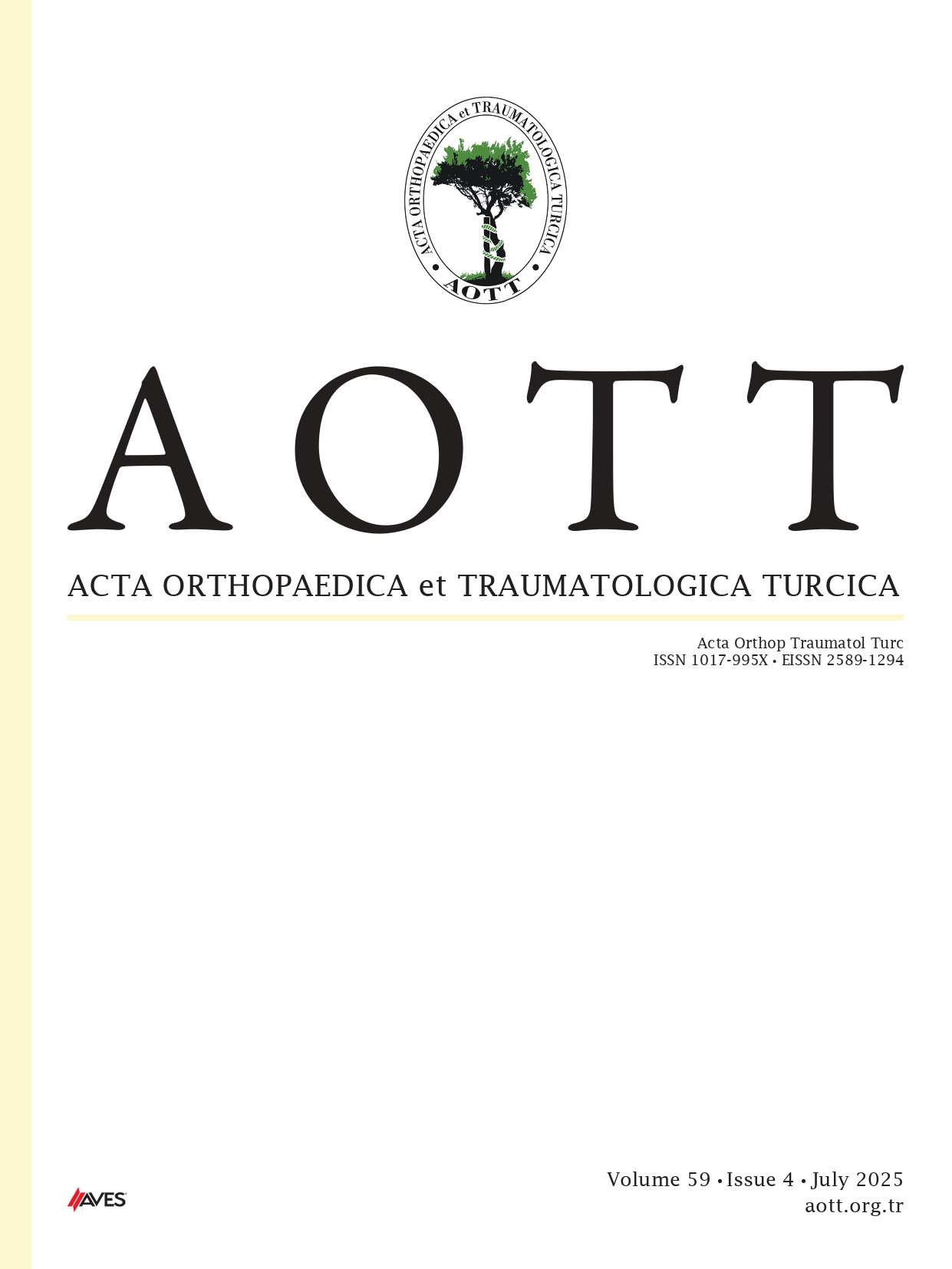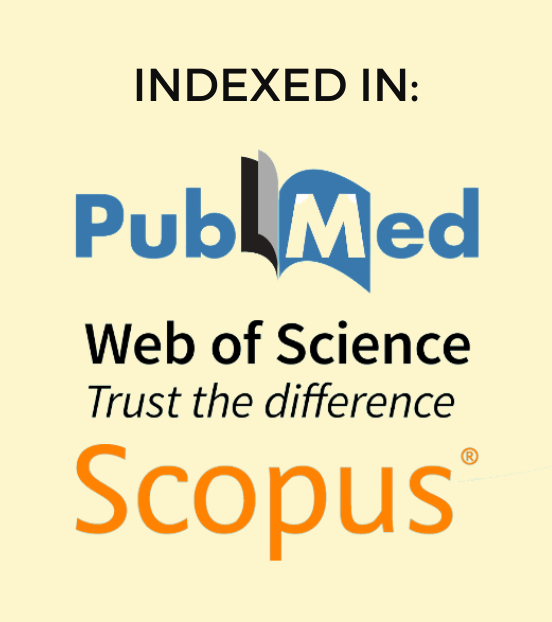The shoulder joint, the most mobile joint in the human body, is at greater risks for injuries. Several factors contribute to shoulder impingement syndrome including rota - tor cuff weakness, capsular tightness, poor scapulohumeral rhythm, and muscle imbalance of the scapular upward rotation force couple. Rehabilitation and training of the shoulder in throwing and overhead athletes has dramatically improved during the last decade. There are numerous reasons for rapid return to athletic training and competition. A preventive program designed for the glenohumeral joint is mainly based on an appropriate preparation, which should include overall body conditioning, flexibility, and strengthening of the musculature around the glenohumeral joint and the scapula. Activity levels re p resent a helpful guide in determining an appropriate rehabilitation program for shoulder patients ranging from disabled to those competing at the highest levels of athletics. This article dis-cusses issues related to prophylactic measures, non-opera - tive treatment, postoperative treatment, and rehabilitation programme of impingement syndrome in athletes.



.png)
.png)
